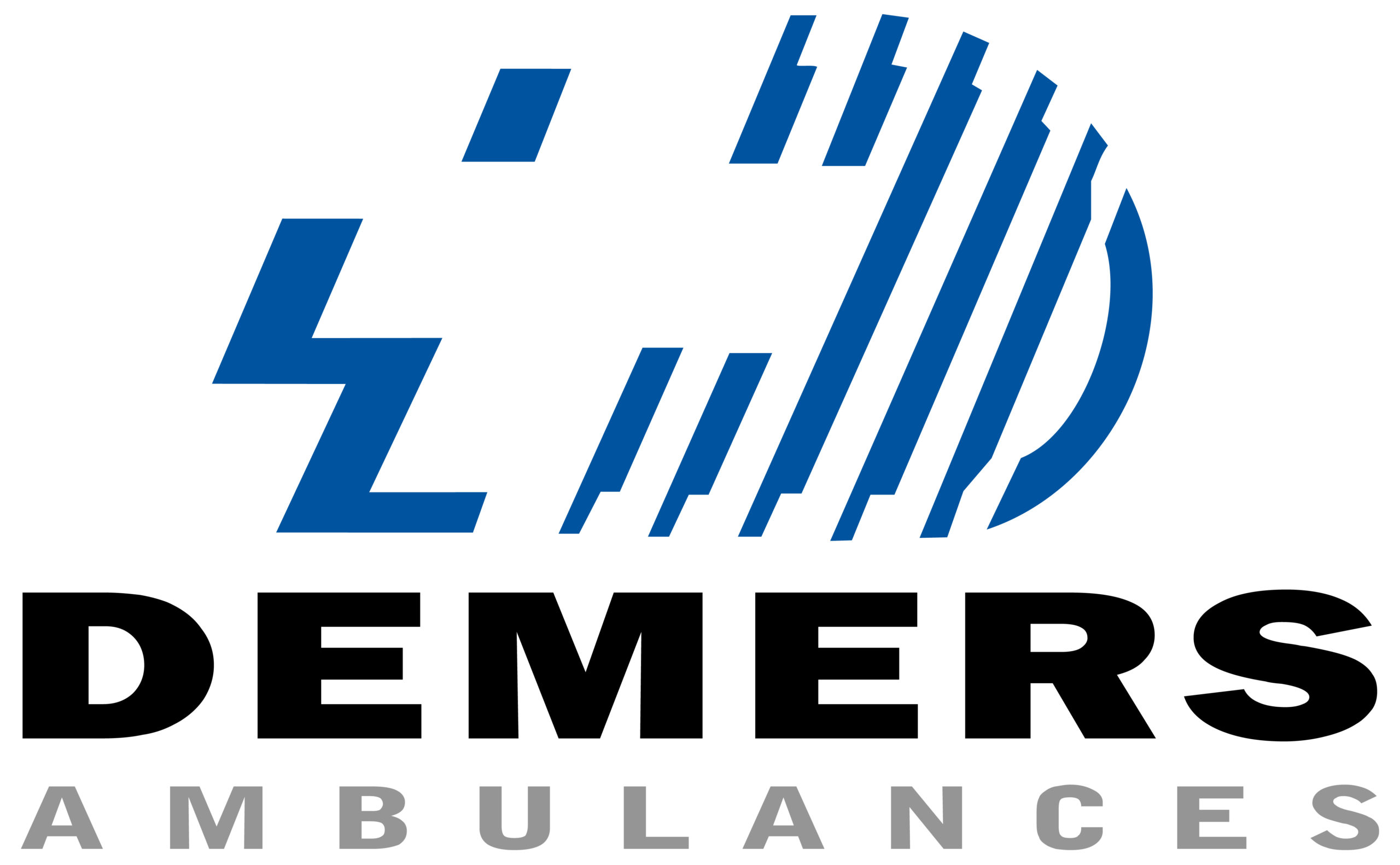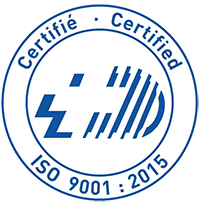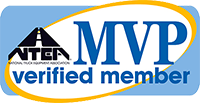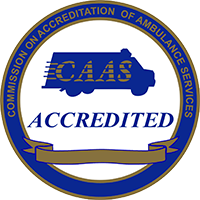Our vehicles are fully tested to ensure safety and functionality. Since we sell our products in multiple regions, each with its own performance criteria, we ensure that testing is always done to the most stringent requirement. This allows us to offer the product to the widest range of possible customers and ensures that we always meet or exceed the customer’s requirements.
Demers Ambulances has a dedicated and dynamic team of professionals with over fifteen years experience in the field of testing and certification. Over the years, our team has taken part and completed tests for the certification of over forty different ambulance models.
95% of all testing is done in house, overlooked (when needed) by the regional inspector to ensure testing conformity. Being able to perform tests in house allows us to adjust specific tests to the requirements of a customer and to the applicable standards in its region. In certain cases, we call upon the services of three outside independent laboratories, including PMG Technologies, the Quebec Industrial Research Center (C.R.I.Q) and CAPE Laboratory. These certified laboratories are mandated to carry-out tests that meet specific customer needs and requirements such as climatic chamber testing, the electromagnetic and suppression device conformity and new SAE test requirements.






